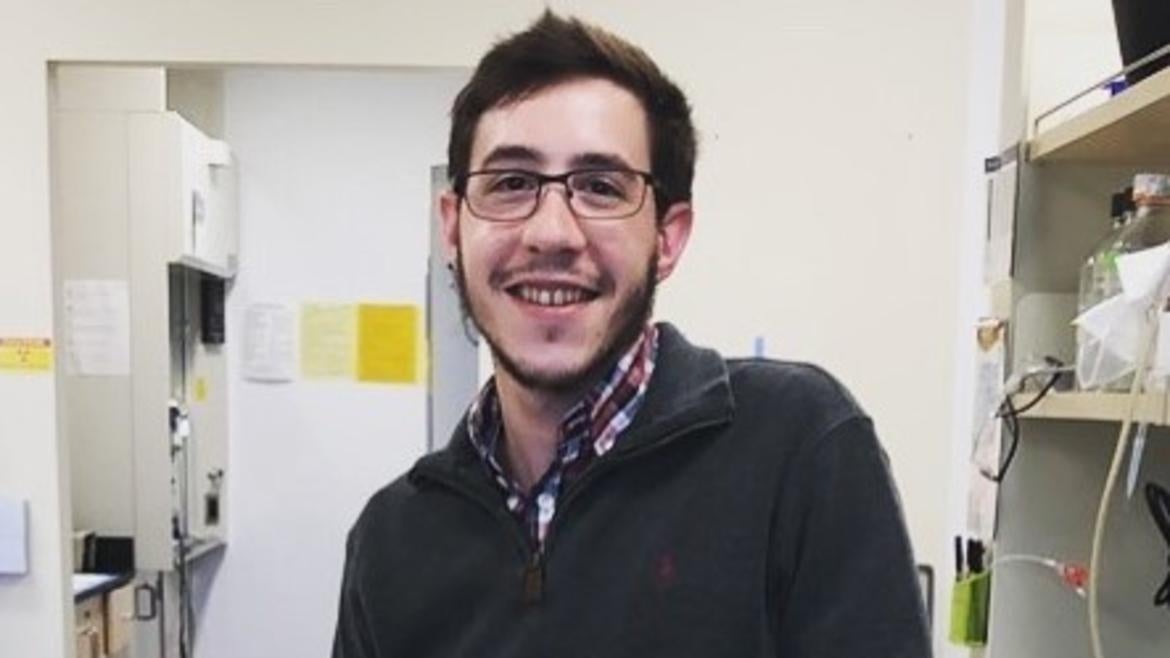BCH 252 Seminar- Thomas Benedict, UC Riverside

The Department of Biochemistry's weekly BCH 252 seminar series is presented this week by:
Thomas Benedict, BCMB Graduate Student, Liu Lab, UC Riverside
Seminar Title: "Transcriptional Regulation by TAF1 Kinase"
Abstract:
Tom Benedict, Lily Maxham, Xuan Liu. Department of Biochemistry and Molecular Biology, University of California Riverside
TATA-Box Binding Protein Associated Factor 1 (TAF1) is the largest subunit of TFIID and plays a central role in regulating transcription. TAF1 contains N- and C-terminal kinase domains, a double-bromodomain, multiple DNA binding domains, a histone acetyltransferase (HAT) domain, and shows ubiquitin activating/conjugating activity. With the ability to read and write epigenetic marks as well as to phosphorylate other transcription factors, TAF1 is a versatile regulator of transcription. Interestingly, it’s been shown through mutational analysis that the kinase activity of TAF1 is important for G1 progression. Multiple phosphorylation targets of TAF1 kinase have been identified including, RAP74, TAF7, and tumor suppressor protein p53; TAF1 is also capable of autophosphorylation. It has been observed that TAF1 kinase activity is sensitive to fluctuations in cellular ATP having a Km for ATP that falls within the physiological range. Our lab has previously shown that under high cellular ATP conditions, TAF1 phosphorylates tumor suppressor p53 causing dissociation from the p21 promoter and subsequent proteasomal degradation, thus promoting cell cycle progression. TAF1 ChIP-seq and bioinformatic analysis was employed to identify additional targets for phosphorylation by TAF1. I have found that TAF1 phosphorylates the transcription factors E2F1, and FOXM1, two transcription factors involved in cell cycle regulation and DNA damage response. Further ChIP experiments suggest phosphorylation of these transcription factors by TAF1 may alter DNA binding in a cellular ATP concentration-dependent manner.
Faculty Host: Dr. Xuan Liu; xuan.liu@ucr.edu